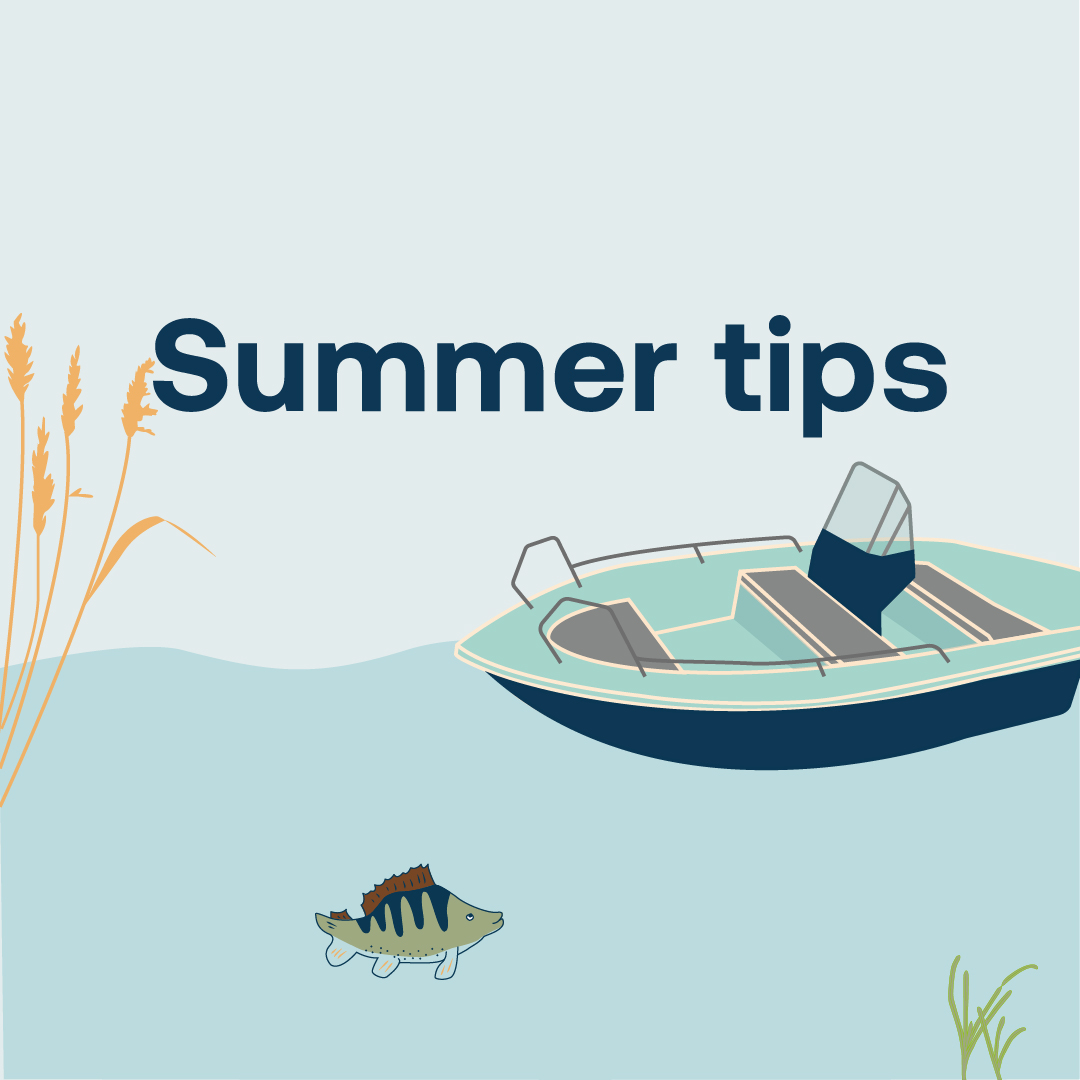Summer on the Baltic Sea coast attracts visitors with refreshing swims, boating, and archipelago adventures – but our beautiful inland sea is fragile. Human activities can have a negative impact on the aquatic environment, but the good news is that you can make a big difference with just a little effort. We have put together some simple but valuable tips on how you can reduce your environmental impact, for the benefit of both yourself and the marine life.
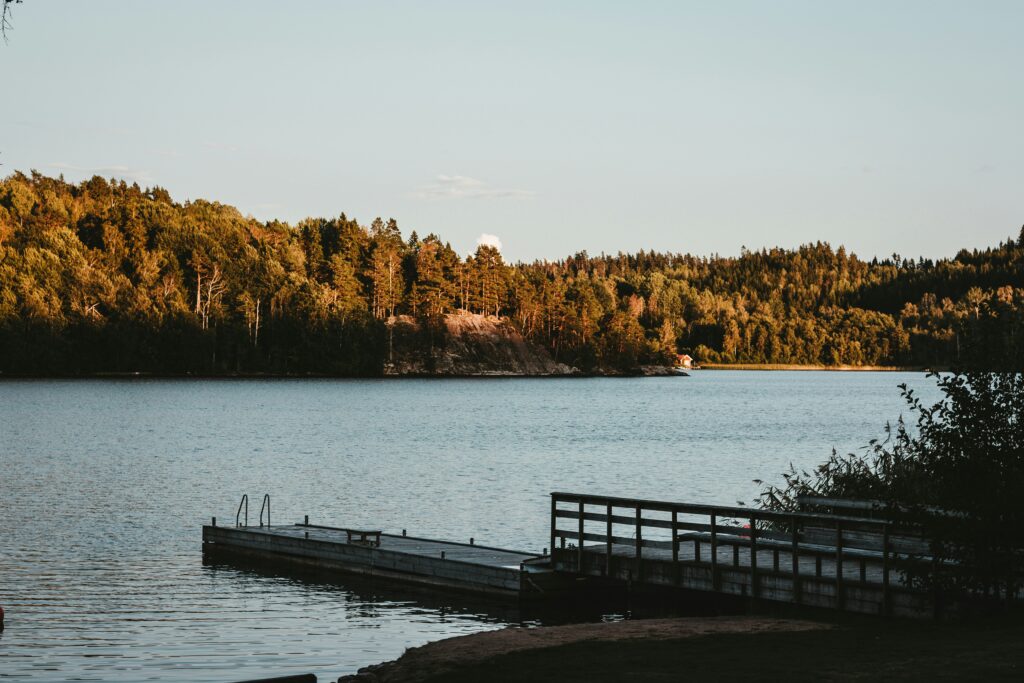
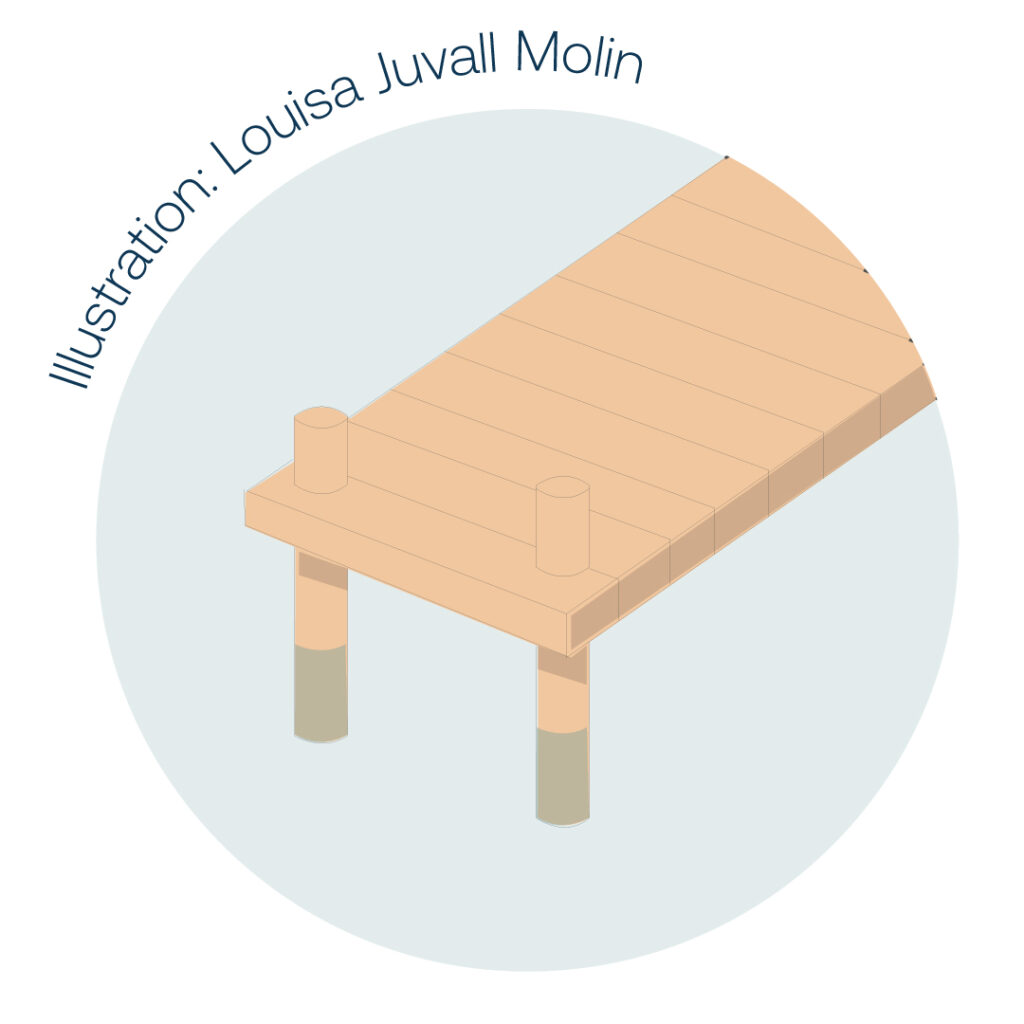
Pee on land – not in the water
It may seem harmless, but peeing in the sea actually contributes to the eutrophication of the Baltic Sea. Urine contains both nitrogen and phosphorus – nutrients that cause algae to grow, which contributes to more severe algal blooms. So always use the beach toilet or find somewhere on land – even if it feels a little inconvenient.
Choose the right sunscreen
Sunscreen is a must during long days at the coast, but many sunscreens contain substances that can harm aquatic organisms. Therefore, choose sunscreen that is eco-labeled and free from substances such as zinc oxide, oxybenzone, and octinoxate, which are known to have a negative impact on both fish and plant life. Cover your skin with clothing or stay in the shade during the strongest hours of sun – it’s both effective and environmentally friendly.
Check the sewage system at your summer cottage
If you have a summer cottage, or live permanently near water, it is important to check the sewage system. Many older solutions, such as single-chamber solutions or leaky pipes, can leak nutrients that contribute to eutrophication, impair bathing water quality and, in the worst case, affect your own drinking water. By checking—and upgrading if necessary—your system, you protect both the environment and your health, and contribute to cleaner water in your local area.
Read more about how to carry out a self-check here.
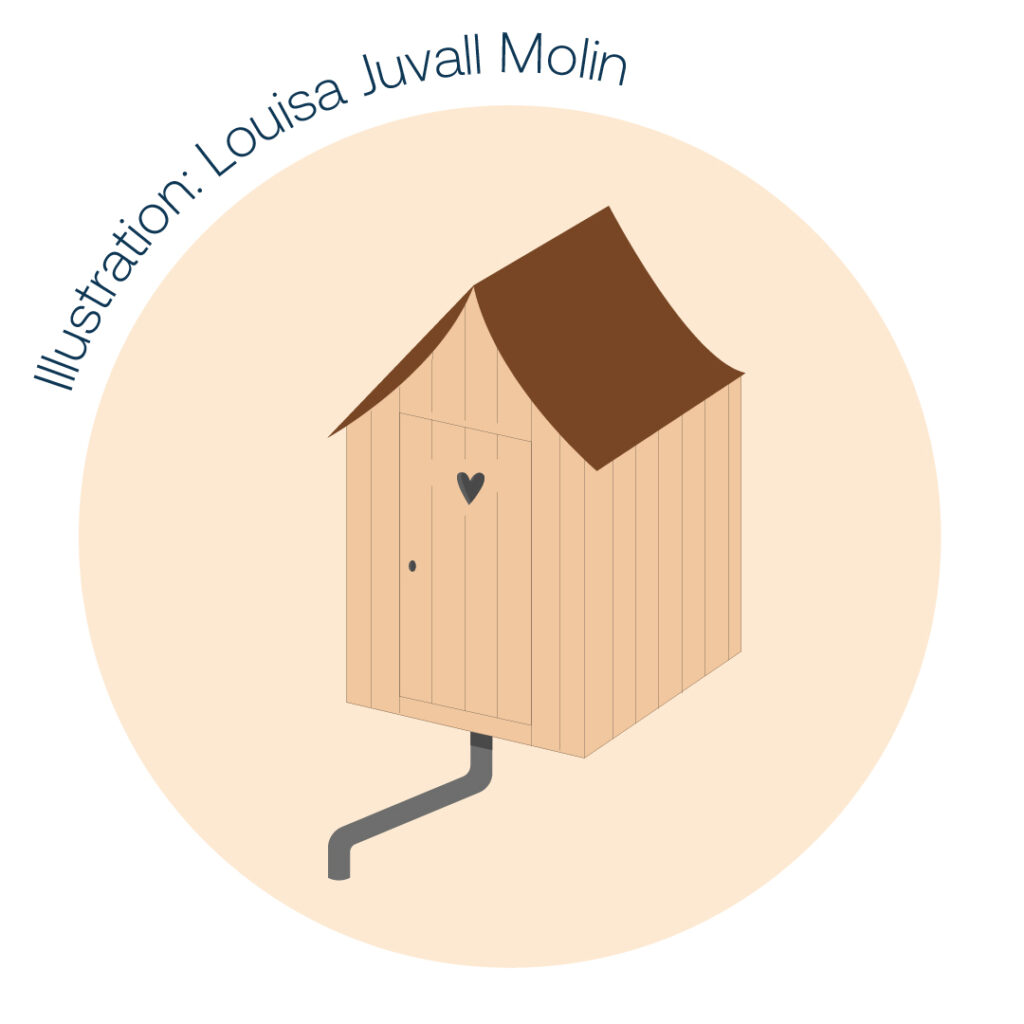
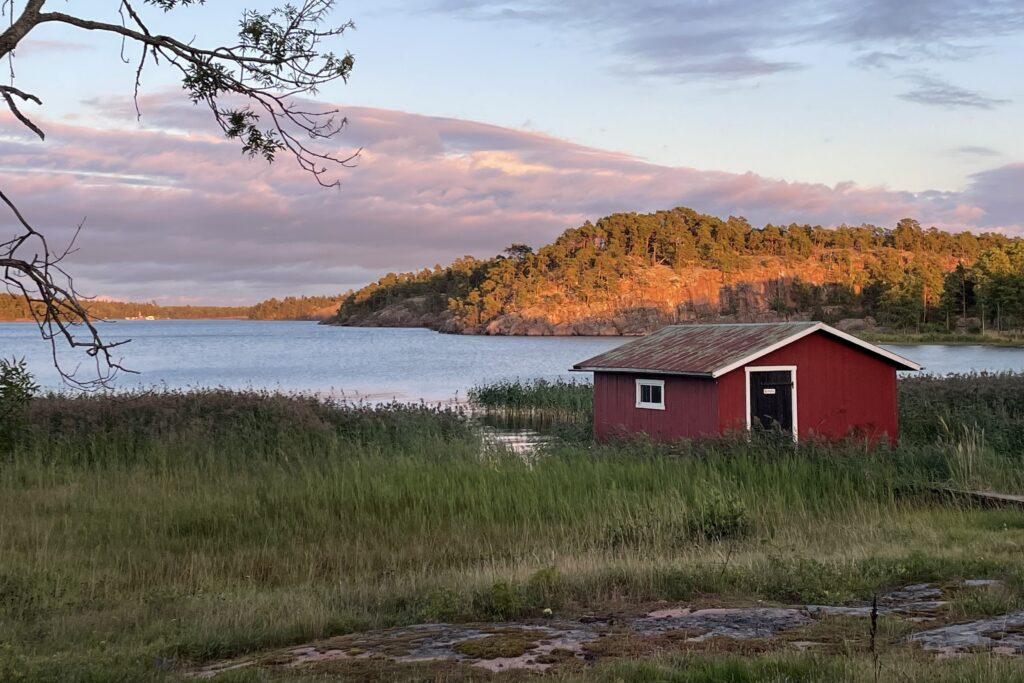
Photo: Ebba Rosendahl
Prevent fouling on your boat – without harming the marine environment
Fouling from barnacles, algae, and mussels on your recreational boat impairs performance and increases fuel consumption which affects both the environment and your wallet. Traditional bottom paints often contain copper and other toxins that leach out and harm marine life. Fortunately, there are several non-toxic alternatives to prevent fouling: scrub the hull by hand, use a hull cover, boat lift, or put the boat in fresh water or on land for a few days – the barnacles will then die off by themselves. There are also modern, more environmentally friendly paints that prevent fouling. Get help timing your efforts by signing up for Havstulpanvarningen, a text message service that tells you when it’s time to clean.
Read more at Stockholm University.
Sustainable boating protects the marine environment
Recreational boats can cloud the water by stirring up bottom sediments, especially in shallow bays. Therefore, always drive carefully: start gently, raise the engine and maintain a low, steady speed. Avoid anchoring in sensitive areas such as eelgrass beds. Use fixed buoys where available, or choose a gentle anchor. Most importantly, do not drag. Instead, reverse and lift the anchor straight up. This reduces both turbidity and nutrient leakage, contributing to a healthy coastal environment.
Read more in BalticWaters’ article here and at Stockholm University.
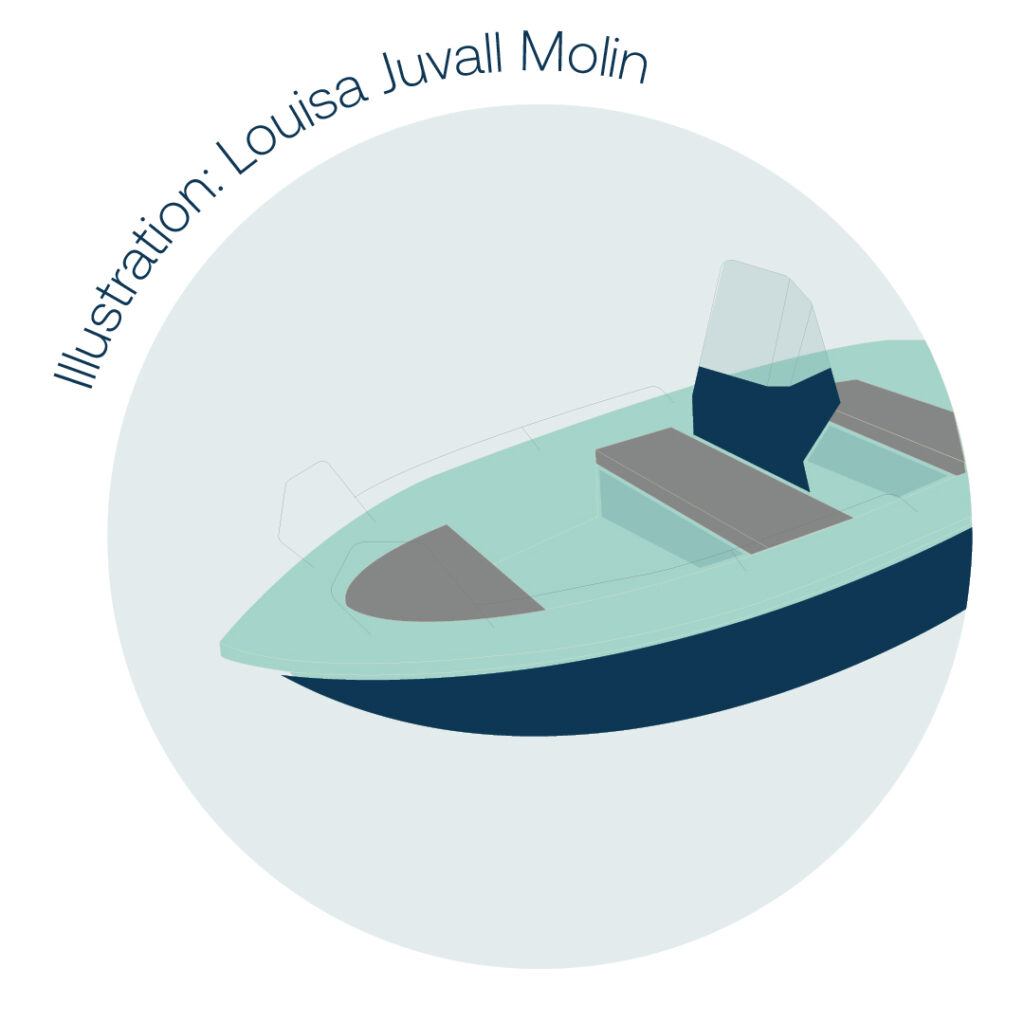
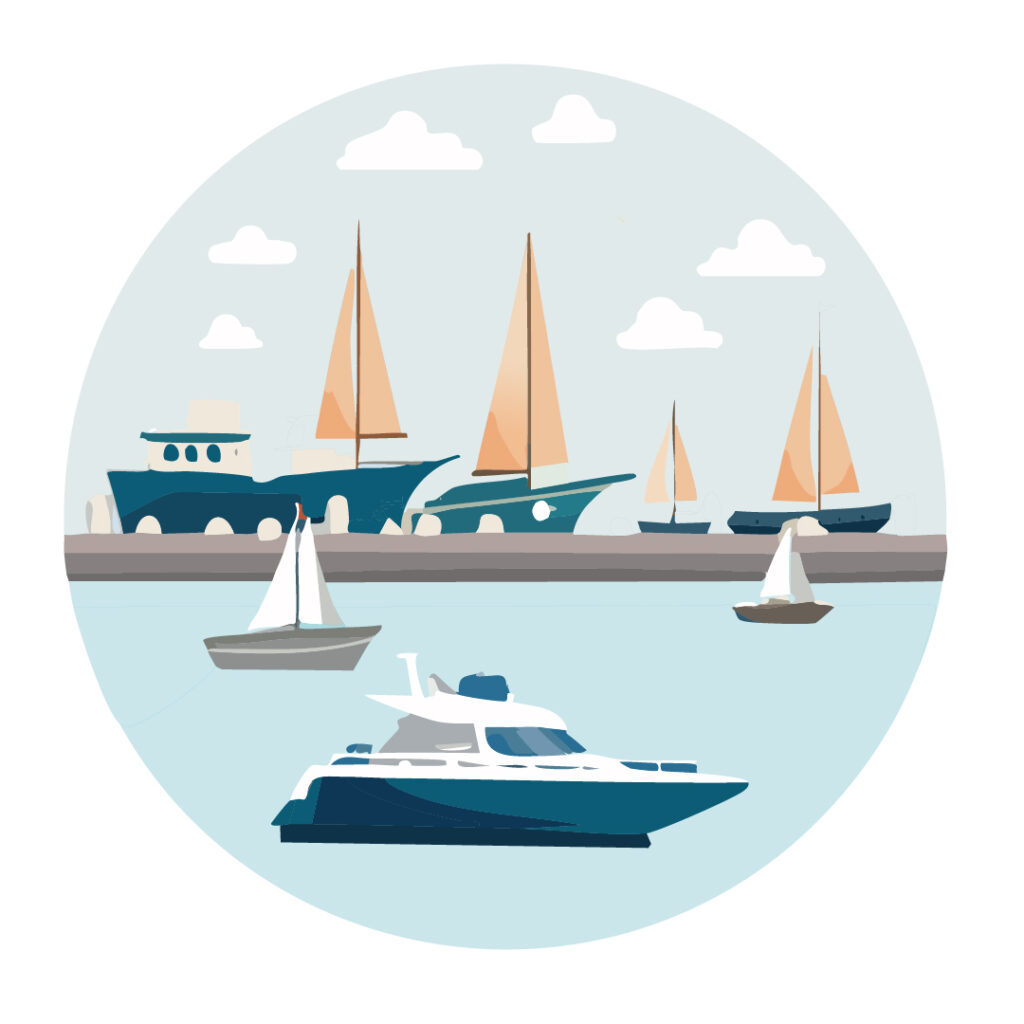
Nautical charts with environmental information
Did you know that you can view environmental information about sensitive underwater environments directly in Skippo’s digital nautical charts for the Stockholm archipelago? The information is based on research and shows, among other things, where there are eelgrass beds and shallow bays with sensitive seabeds. The nautical charts also contain scientifically based recommendations on how you as a boat operator can take this into account – for example, by avoiding anchoring or sailing too close to these areas. A simple way to protect the sea’s most vulnerable environments!
The harbor map
Did you know that it is prohibited to discharge toilet waste from recreational boats in the sea, lakes, and inland waterways throughout Sweden’s territorial waters? Find your nearest waste disposal station on the Harbor Map. There you will also find information about waste disposal stations, gas stations, natural harbors, and other useful resources for smooth and sustainable boating.
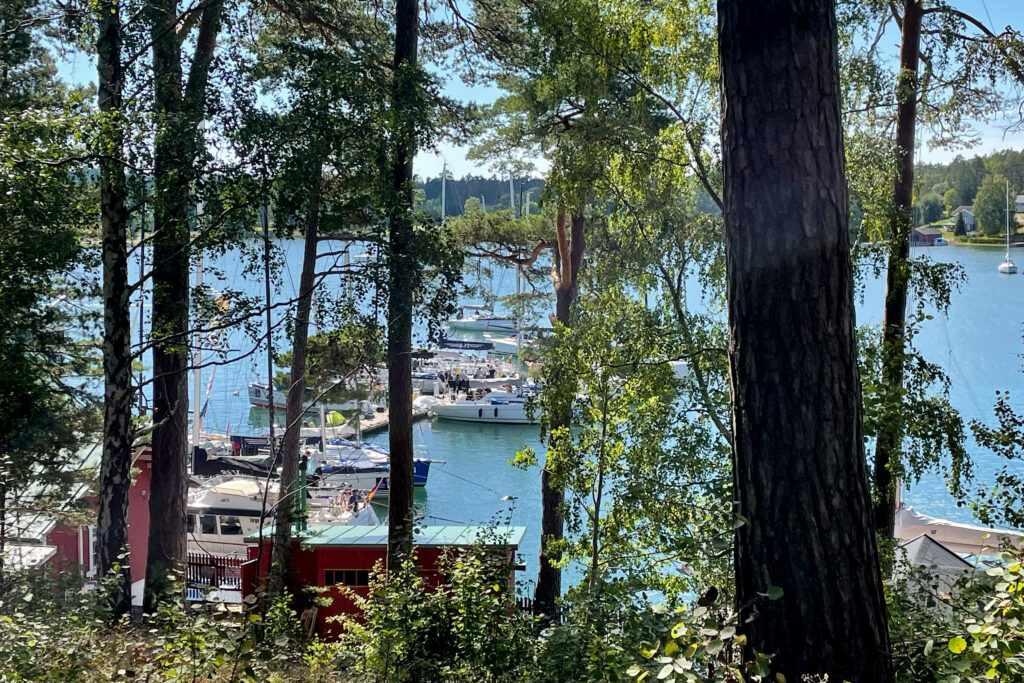
Photo: Ebba Rosendahl
Tips for summer activities
• Hike the new Stockholm Archipelago Trail – a 270-kilometer trail across 22 islands, with stages that can be reached by public transport and ferry. Here you can enjoy beautiful nature, swimming, and archipelago life. The trail is clearly marked and equipped with rest areas, windbreaks, and fire pits. Perfect for both day trips and longer excursions. Read more here.
• Want to do something good for the Baltic Sea and learn more about life below the surface at the same time? Take part in Algforskarsommar (Algae Research Summer) – a citizen science project where you help researchers study bladderwrack and small animals along the coast. The tasks are simple, fun, and suitable for the whole family. Perfect as a beach activity during the summer! Read more here.
• Don’t let the summer rain stop you from exploring – take the opportunity to discover life below the surface indoors! Visit the Baltic Sea Science Center at Skansen in Stockholm, for example. Or why not visit one of the country’s naturum – visitor centres in nature with a connection to water? Perfect for young and old alike who want to learn more about the sea and the unique world of the Baltic Sea.

Recommended reading: Maritime tourism on the Baltic Sea’s terms
Did you know that tourism is the largest maritime industry in the Baltic Sea in terms of economic value? It generates revenue for the state and plays an important role in keeping coastal communities vibrant and attractive. But the poor environmental status of the Baltic Sea threatens to slow down development. If we do not take care of our sea and our coastal areas, we risk both a deteriorating marine environment and tourists choosing our Nordic neighbors instead.
In the policy document Maritime tourism on the Baltic Sea’s terms, we present six recommendations for how tourism can be developed in a way that benefits the environment, the climate, and the economy. Read it here.
